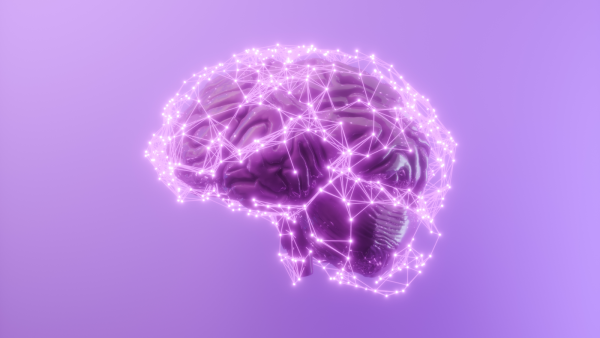
The woman saw hallucinations in which people had dragon-like faces and bright yellow eyes. (Image courtesy of MediaProduction via Getty Images)
Patient: 52-year-old woman from The Hague, Netherlands.
Symptoms: A woman presented to an outpatient psychiatric clinic and told doctors that when she looked at people's faces, she saw them transform into dragon faces. She also saw dragon-like faces spontaneously appear in front of her, even when no one was around. These hallucinations were disturbing and affected her ability to communicate with people.
The patient reported that human faces, which initially appeared normal, “turned black, grew long pointed ears and a prominent muzzle, the skin became reptilian, and the eyes became huge and bright yellow, green, blue, or red,” doctors wrote in a report on her case. She added that she had been having these hallucinations since childhood.
You may like
-
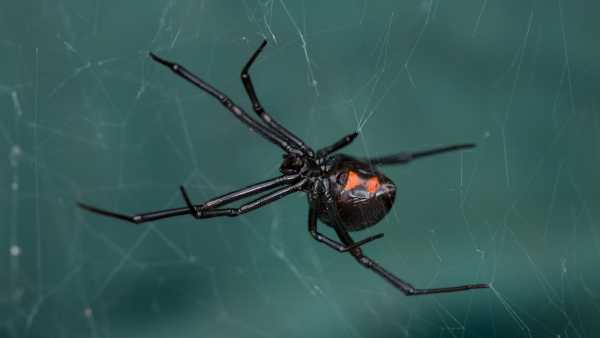
Black widow spider venom poisons woman through eyeball
-

Man's preference for 'soft' bacon may have caused his brain to become infected with worms
-

A woman began eating foam from her stool during a dialysis session.
What happened next: The clinic's doctors took blood samples, performed an electroencephalogram (EEG), and a neurological examination. All results were normal. However, an MRI of the patient's brain revealed several lesions in the lentiform nucleus. Damage to this part of the brain is associated with cognitive impairments such as attention and memory problems, especially in schizophrenia.
The lesions, which occurred in the brain's isolated wiring system called white matter, could have been caused by ruptures in small blood vessels. However, the damage was long-standing, according to the report.
Although the EEG showed no abnormalities, doctors suspected that the patient’s visual hallucinations were caused by abnormal electrical activity in the areas of the brain responsible for perceiving colors and faces, namely the ventral occipitotemporal cortex. This area, located at the back of the brain, is involved in regulating object recognition. Doctors hypothesized that the lesions found in the MRI could have triggered this electrical activity and may have been present since birth, perhaps due to temporary oxygen deprivation shortly before or after birth.
Diagnosis: Doctors determined that the woman had a form of prosopometamorphopsia (PMO). This rare condition affects a person's perception of human faces, causing facial features to appear significantly distorted. Facial features may appear enlarged or wrinkled; they may droop, stretch to the sides, or shift.
People with hemi-prosopometamorphopsia (hemi-PMO) have damage to only one side of the face. In complete prosopometamorphopsia (complete PMO), the distortion affects the entire face that the person sees. This condition is associated with changes in brain structure and disorders that affect brain function, such as epilepsy, migraine, and stroke.
OTHER DILEMMAS
— The woman got something in her eye, and it turned out to be parasitic worms.
— Hunter's rare allergy meant he could no longer eat red meat.
— A rare allergy to sperm could cause infertility in a woman.
Treatment: Doctors prescribed daily doses of valproic acid, an anticonvulsant that prevents seizures and also relieves migraines and bipolar disorder symptoms. The treatment helped control the woman's visual hallucinations.
But then she began hallucinating popping sounds in her sleep. Doctors switched her to daily rivastigmine, a drug commonly used to treat symptoms of dementia caused by Alzheimer’s or Parkinson’s disease. The drug reduced the frequency of auditory hallucinations and reduced visual symptoms to manageable levels. After three years of treatment, the woman reported that her work situation had stabilized and her social relationships had improved.
What makes this case unique: Prosopometamorphopsia is extremely rare, with only 81 cases reported in the medical literature over the past 100 years, according to a 2021 review.
For most people who experience this condition, its distorting effects on human faces last only a few days or weeks. It is known that PMO distortions can give people a “demonic” appearance to their faces, but in the woman's case, it is unclear what exactly caused her very specific perception of reptilian dragons.
Disclaimer
This article is for informational purposes only and does not provide medical advice.
TOPICS Diagnostic Dilemma

Mindy Weisberger, Social Link Navigator, Live Science Contributor
Mindy Weisberger is a contributing editor at Scholastic and previously an editor and lead contributor to Live Science. She has covered general science topics including climate change, paleontology, biology, and space. Mindy studied film at Columbia University; before joining Live Science, she produced, wrote, and directed media projects for the American Museum of Natural History in New York City. Her videos on dinosaurs, astrophysics, biodiversity, and evolution have been shown at museums and science centers around the world, winning awards such as the CINE Golden Eagle and the Communicator Award of Excellence. Her writing has also appeared in Scientific American, The Washington Post, and How It Works. She is the author of Rise of the Zombie Bugs: The Surprising Science of Parasitic Mind Control, published by Hopkins Press.
You must verify your public display name before commenting.
Please log out and log back in. You will then be prompted to enter a display name.
Exit Read more

Black widow spider venom poisons woman through eyeball

Man's preference for 'soft' bacon may have caused his brain to become infected with worms

A woman began eating foam from her stool during a dialysis session.
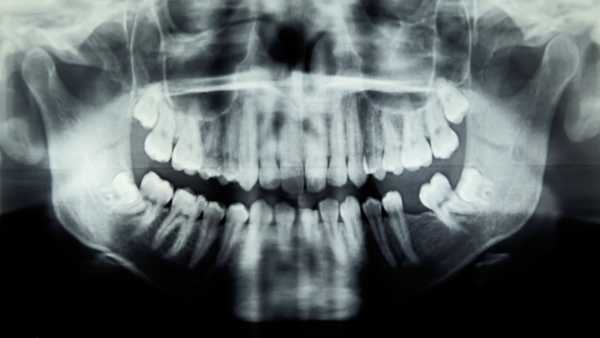
The girl's dental problems led to a life-threatening eye infection.
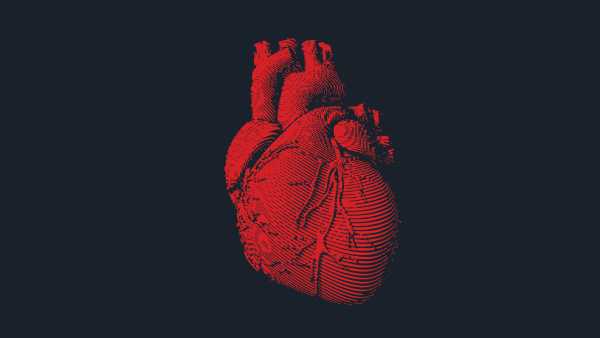
Rare genetic disorder turns woman's heart black

Man pierced through throat and base of skull by fish. Health news
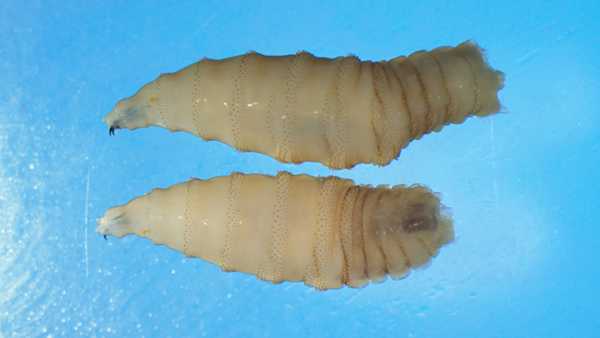
The first New World case of the parasitic blowfly in recent decades has been recorded in the United States.

Scientists discover 'spirals' in DNA that form under pressure
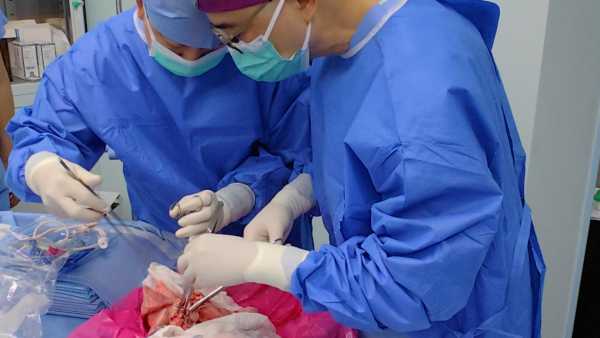
China has attempted the first pig-to-human lung transplant in a brain-dead person
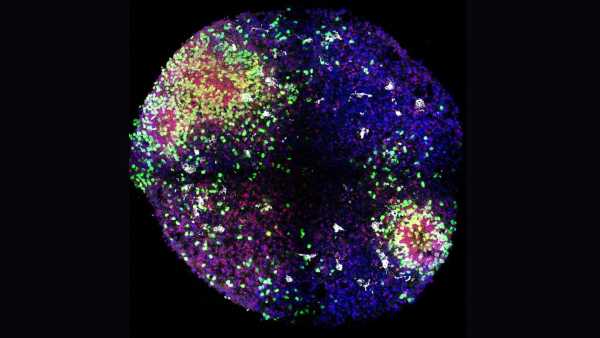
'Mini Brains' Reveal Secrets of Formation of Key Brain Cells in the Womb
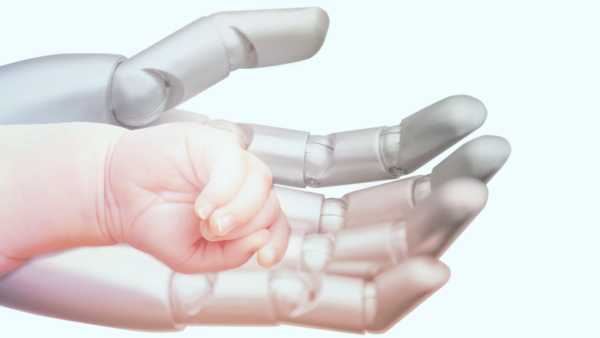
If 'pregnancy robots' were a reality, would you use them?
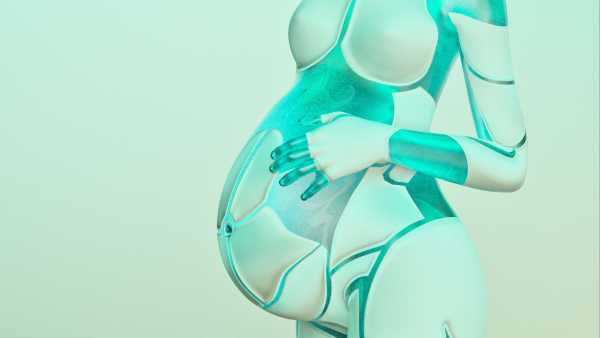
China's $14,000 Pregnancy Robot Doesn't Exist. But Is Such Technology Possible? Latest News

The Solar System's Longest Canyon Reveals New Secrets — Space Photo of the Week

Science news this week: Storms rage on Earth and the Sun, and a new moon has been spotted around Uranus.

Rare milky plumes create stunning swirls in world's largest 'carbonated lake'

The Malia Bee Pendant: A 3,800-Year-Old Accessory Found in a Minoan 'Gold Pit'

Man's preference for 'soft' bacon may have caused his brain to become infected with worms

“We know what to do; we just need to implement it.” Pregnancy in the U.S. is more dangerous than in other rich countries. But we can fix it. LATEST ARTICLES
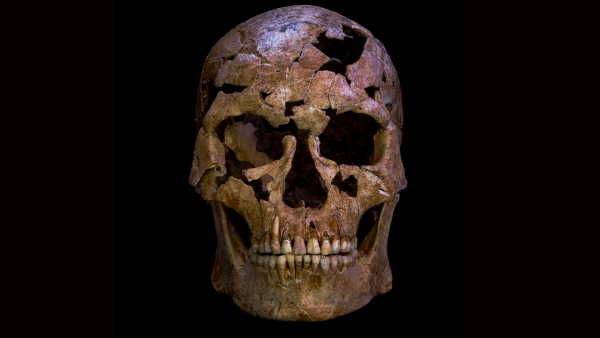
1An exotic quartz arrow may have killed a man 12,000 years ago in Vietnam.
Live Science is part of Future US Inc., an international media group and leading digital publisher. Visit our corporate website.
- About Us
- Contact Future experts
- Terms and Conditions
- Privacy Policy
- Cookie Policy
- Accessibility Statement
- Advertise with us
- Web Notifications
- Career
- Editorial Standards
- How to present history to us
© Future US, Inc. Full 7th Floor, 130 West 42nd Street, New York, NY 10036.
var dfp_config = { “site_platform”: “vanilla”, “keywords”: “type-regular,serversidehawk,videoarticle,van-enable-adviser-
Sourse: www.livescience.com




